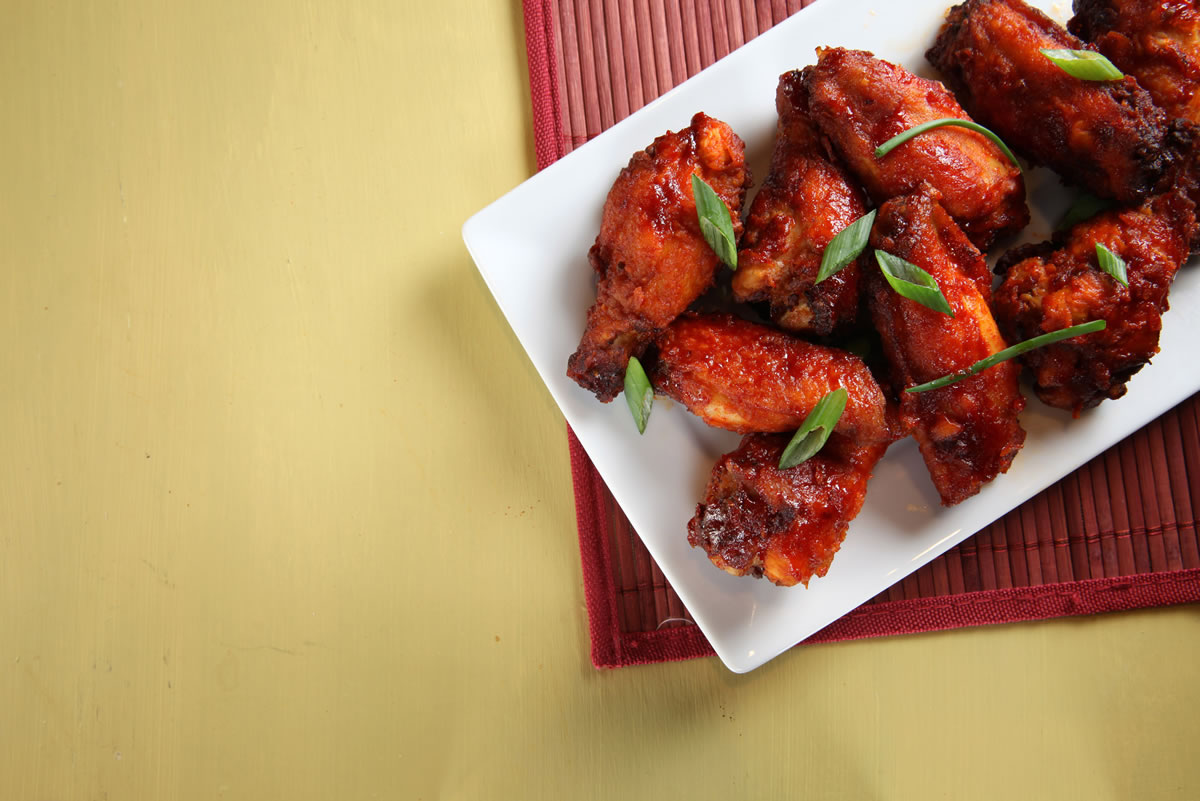Southern fried chicken has long preened in the cultural spotlight, thanks in part to such notables as chef Edna Lewis, TV’s Paula Deen and one Kentucky colonel named Harland Sanders. But a new bird is rising out of the East — the Far East — that is capturing some of that shine: fried chicken, Asian-style.
From Myanmar in the southeast to Korea in the north, Asia is home to many variations on the fried chicken theme. All are golden and crunchy, but the flavorings can change from country to country.
“Marination gives extra flavor to the chicken,” says Makiko Itoh, a Tokyo-born food writer and blogger living in Vaison-la-Romaine, France, as she explains why Asian-style fried chicken is so popular. Marinating also ensures the chicken stays moist and juicy, she says.
Marja Vongerichten makes a similar point in her cookbook, “The Kimchi Chronicles.”
“Unlike American fried chicken, which tends toward the salty end of the spectrum, Korean fried chicken is sweet and sticky but no less addictive,” writes the New York-based host of “Kimchi Chronicles,” a public television show. “Now, Korean-style chicken (KFC anyone?), full of great flavor and tremendous crunch, has been exported back to the States, where it’s become all the rage.”



